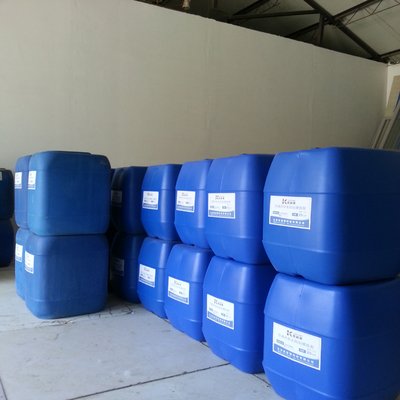Liquid Nitric Acid (HNO₃)
Liquid nitric acid, commonly represented as HNO₃, is a vital chemical in various industries. Its wide-ranging applications— from fertilization to metalwork— highlight its significance in the modern world. As a highly corrosive acid, nitric acid demands careful handling, yet its contributions to science, agriculture, and manufacturing are unparalleled. Here’s what you need to know about its properties, uses, and impact.
Chemical Properties of Liquid Nitric Acid
Nitric acid stands out for its unique physical and chemical characteristics. These attributes make it indispensable in both industrial and laboratory settings.
Physical Properties
Liquid nitric acid is colorless when pure, although samples often acquire a yellowish hue due to decomposition into nitrogen oxides. Its density is approximately 1.51 g/cm³, and it comes with a boiling point of 83°C (181°F) and a freezing point of -41°C (-42°F). Britannica provides a detailed breakdown of its physical profile, which underscores its role as a key reactive reagent.

Chemical Properties
Nitric acid is a strong oxidizing agent and highly acidic, with a pH near zero when concentrated. It’s known for its corrosive nature, capable of reacting violently with metals like copper and silver. Nitric acid can also dissolve non-noble metals, creating nitrates and releasing toxic nitrogen dioxide gas. This reactivity has made nitric acid indispensable in fields requiring advanced chemical transformations. For more information, check out this comprehensive guide from PubChem.
Industrial Applications of Nitric Acid
This compound isn’t just limited to laboratories. Nitric acid is a cornerstone in manufacturing, refining, and beyond. Below are its most notable applications.
Fertilizer Production
A staggering portion of nitric acid is used in the production of nitrogen-based fertilizers like ammonium nitrate. These fertilizers provide essential nutrients for crops, boosting agricultural productivity worldwide. Learn more about its role in farming in this resource from Byju’s.
Metal Processing
Nitric acid plays a significant role in metal etching and cleaning. In industry, it’s used to purify metals such as aluminum and in the treatment of stainless steel to remove impurities. Its ability to dissolve metals also makes it a key component in crafting sophisticated alloys and tools. For further reading, visit this article on North Industrial’s blog.
Explosives Manufacturing
Nitric acid is crucial in the synthesis of explosives like nitroglycerin and TNT (trinitrotoluene). Its oxidizing properties allow it to react with other materials, creating compounds with high energy release capacities. If you’re curious about how explosives are safely manufactured using this chemical, see this guide on The ChemCo.
Health and Safety Precautions
Like many powerful substances, nitric acid demands respect. Mishandling it can lead to severe harm, making precautions absolutely necessary.
Personal Protective Equipment (PPE)
When working with nitric acid, always wear safety goggles, chemical-resistant gloves, and a lab coat. It’s essential to ensure that all skin is covered, as the acid’s corrosive nature can cause severe burns on contact.
Emergency Procedures
If spillage occurs, immediately neutralize the acid with a weak base like sodium bicarbonate. Ensure that the affected area is well-ventilated to minimize exposure to toxic fumes. In case of skin contact, rinse thoroughly with water. EHS guidelines offer more details on responding to nitric acid exposure.
Environmental Impact of Nitric Acid
While its industrial uses are undeniable, nitric acid also poses risks to the environment. Proper regulation and control can help mitigate its harmful effects.
Acid Rain Formation
When released into the atmosphere, nitrogen oxides derived from nitric acid can combine with water to form acid rain. This phenomenon damages ecosystems, corrodes buildings, and disrupts aquatic life.
Regulatory Guidelines
To minimize its environmental footprint, industries adhere to strict regulations for nitric acid storage and handling. Governing bodies enforce limits on emissions and mandate proper disposal practices to safeguard public health and the environment. Check out industrial guidelines for more insights into compliance measures.
Conclusion
Liquid nitric acid is a powerhouse chemical that fuels countless industries. From its role in feeding the world’s growing population through fertilizers to its use in high-tech metal processing and explosives production, it exemplifies versatility. However, with great power comes responsibility, and understanding its properties, uses, and potential risks is crucial. By respecting nitric acid’s capabilities and adhering to safety protocols, industries can harness its strengths while protecting both people and the environment.






